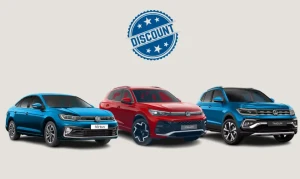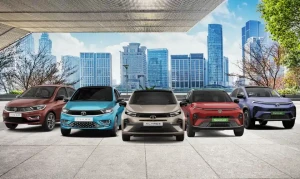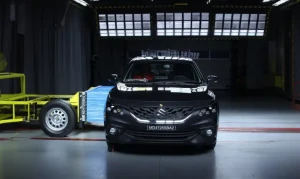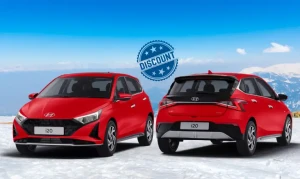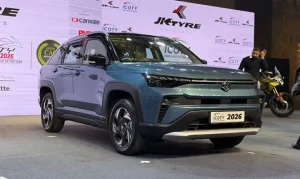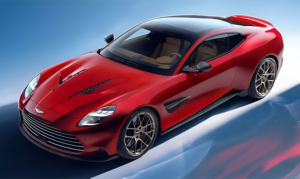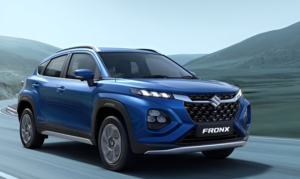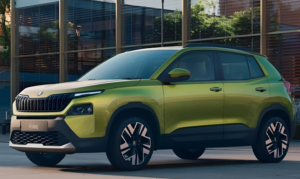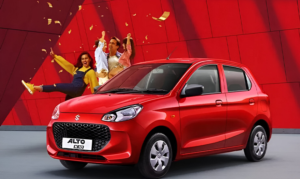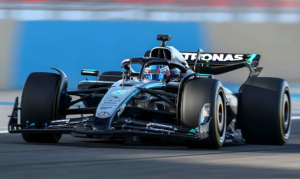Nationwide Flex‑Fuel Car Rollout Planned in Phases After 2025
- How the government plans to phase in flex fuel cars across India.
- What this means for drivers, automakers, and fuel stations.
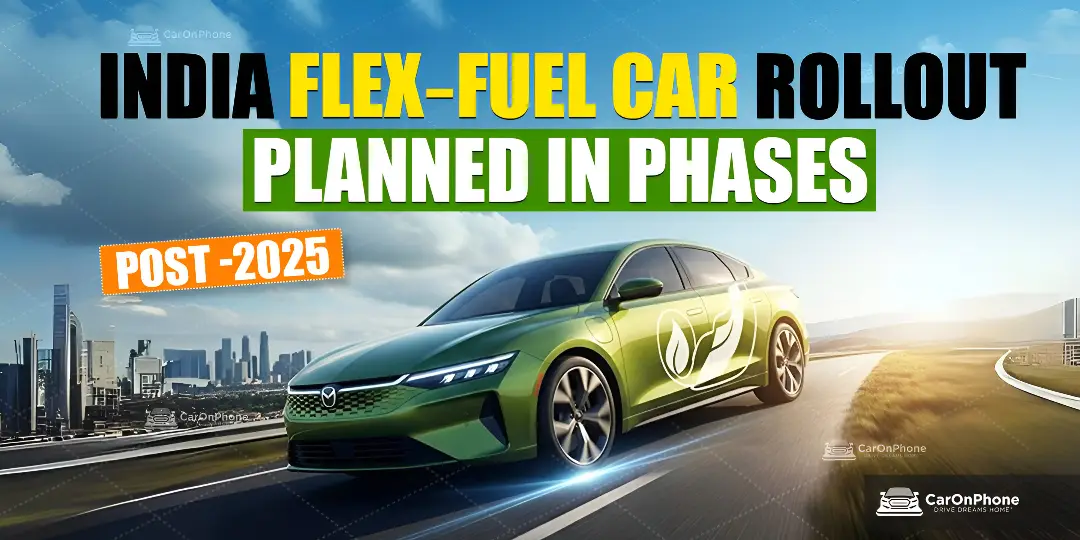
India is preparing for a nationwide flex fuel rollout that will start after 2025, and it’s not just another policy announcement. It could change what we put in our tank, how much we spend at the pump, and where our fuel comes from.
The flex fuel rollout policy aims to bring in vehicles that can run on higher ethanol blends. This is intended to cut oil imports and give local farmers an income boost.
For everyday drivers, this policy could result in cleaner air, more choices, and possibly lower running costs each month.
Catch the latest launches and updates on CarOnPhone!What are flex fuel cars, and why is India betting on them now?
Flex fuel cars are made to run on petrol that comes mixed with ethanol in different proportions. The blend can sometimes be as high as E85, which is 85% ethanol.
India has been steadily increasing ethanol blending in petrol. The nation has met the 10% marker in 2022 and is now targeting 20% by 2025‑26.
The move toward ethanol cars is about more than just emissions. It’s also about reducing the country’s dependence on imported crude and creating a steady market for sugarcane‑based ethanol.
The timing makes sense. Electric vehicles are still enjoying increasing popularity and demand. But on a challenging note, charging infrastructure and upfront costs are still areas in need of improvement.
With Ethanol, Bharat gets a quicker, more affordable way to reduce nationwide emissions without overhauling the entire transport system to achieve it.
How will the nationwide flex fuel rollout actually work?
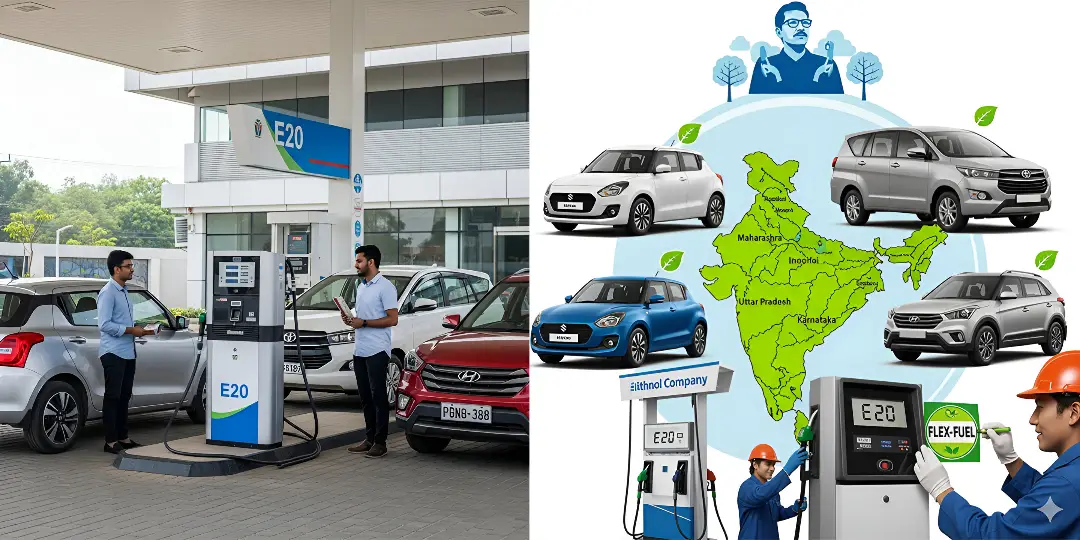 AD
AD
The nationwide flex fuel rollout won’t happen overnight. The plan is to start in states that already have strong ethanol production and distribution networks.
Oil companies are expanding E20 fuel availability, while automakers like Maruti Suzuki, Toyota, and Hyundai have been testing and showcasing ethanol‑ready models.
Union Petroleum Minister Hardeep Singh Puri has said the phased approach will make sure fuel supply keeps pace with vehicle launches. This way, no one ends up with an ethanol‑ready car but nowhere to fill it.
Which cars will lead the first phase?
The first phase will likely focus on high volume models so the technology reaches more drivers quickly.
- Maruti Suzuki has already presented a Wagon R flex fuel prototype. This car is capable of running on blends from E20 to E85.
- Hyundai has tested a Creta variant that can handle E100.
- Toyota is working on flex fuel hybrids.
Industry watchers expect these early launches to set the tone for the rest of the flex fuel rollout policy.
Will drivers need to change their fueling habits?
For most people, not much will change. Pumps will clearly label ethanol blends, and flex fuel cars will automatically adjust to whatever’s in the tank.
Owners of older petrol cars may need to stick to lower blends unless their engines are certified for higher ethanol levels.
The government is also planning public campaigns to explain the benefits of ethanol cars — from cleaner exhaust to supporting rural economies.
Flex Fuel Rollout: Challenges
- Ethanol production directly depends on agriculture. This is an unpredictable sector.
- Moreover, fuel distribution networks will need upgrades.
- Also, manufacturers must ensure their car engines will perform reliably in various conditions. This includes cold starts.
That said, with policy support, industry preparedness, and increasing public interest in cleaner mobility, this phased ethanol rollout after 2025 could become one of the biggest changes the Indian auto sector has experienced in decades.
Side‑by‑Side Rollout Timeline Table
Phase Timeline Regions / States Key Actions Expected Models Fuel Availability
Phase 1 Mid‑2026 Maharashtra, Uttar Pradesh, Karnataka Launch of first flex fuel cars; awareness campaigns; E20–E85 pumps in major cities Maruti Wagon R Flex Fuel, Toyota Hybrid Prototype E20 at most pumps, E85 in select urban hubs
Phase 2 Early‑2027 Tamil Nadu, Gujarat, Punjab, Haryana Expansion of ethanol supply chain; more automakers join; dealership training Hyundai Creta E100, Maruti Swift Flex E20 nationwide, E85 in 50% of target cities
Phase 3 Late‑2027 to 2028 All remaining states and UTs Full integration into automaker line‑ups; rural pump upgrades Multiple sedans, SUVs, and hybrids E20 universal, E85 in all major districts
Phase 4 2029+ Nationwide Policy review; possible move to E100 in select models Next‑gen ethanol hybrids, commercial vehicles E20–E100 availability in high‑demand zones
Final Notes
The nationwide flex fuel rollout is more than a technical upgrade. It’s essentially a coordinated effort that involves farmers, fuel suppliers, carmakers, and drivers. If the policy stays on track, ethanol cars could be as common as petrol and diesel models in India by the end of this decade.
Tags:
CarOnPhone is your one-stop destination to see all upcoming cars, latest cars, released cars, and EV Cars, and compare Cars in all Car Brands. Stay tuned and follow us to update yourself on the automotive world.

